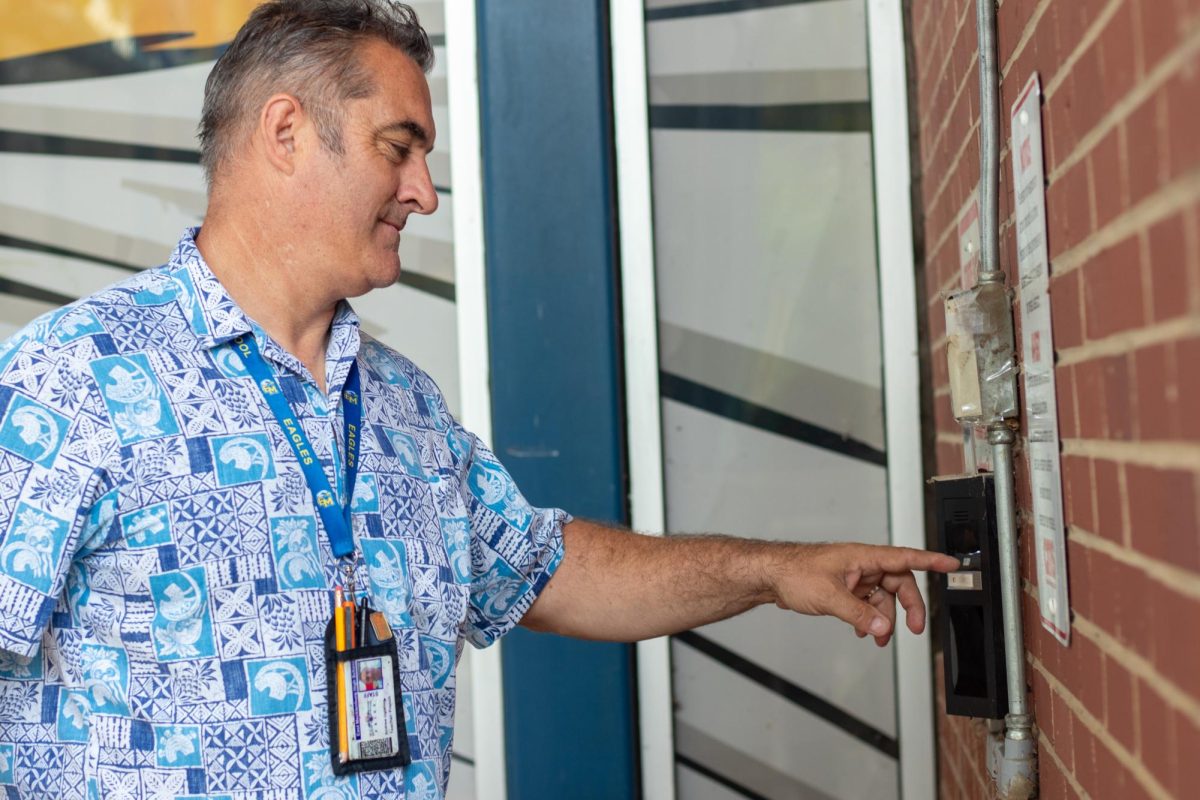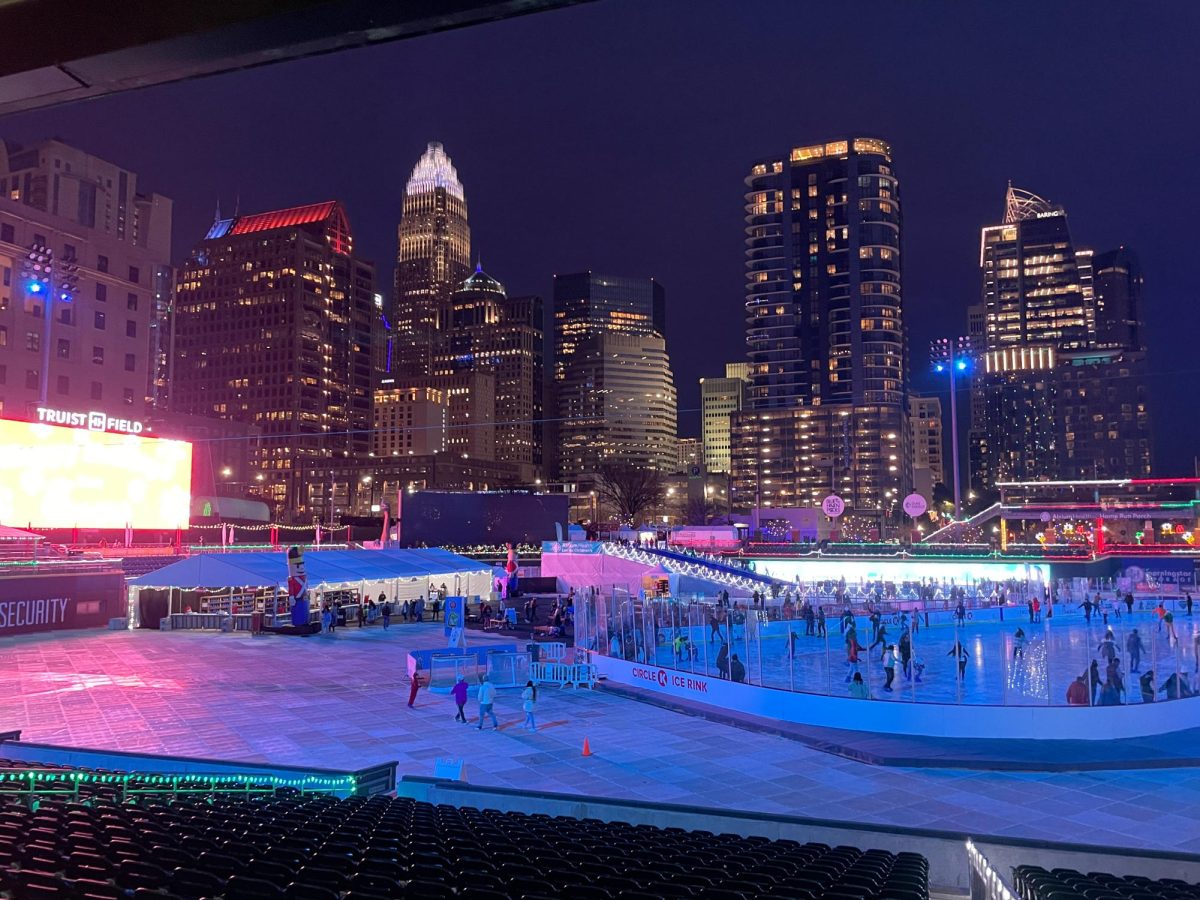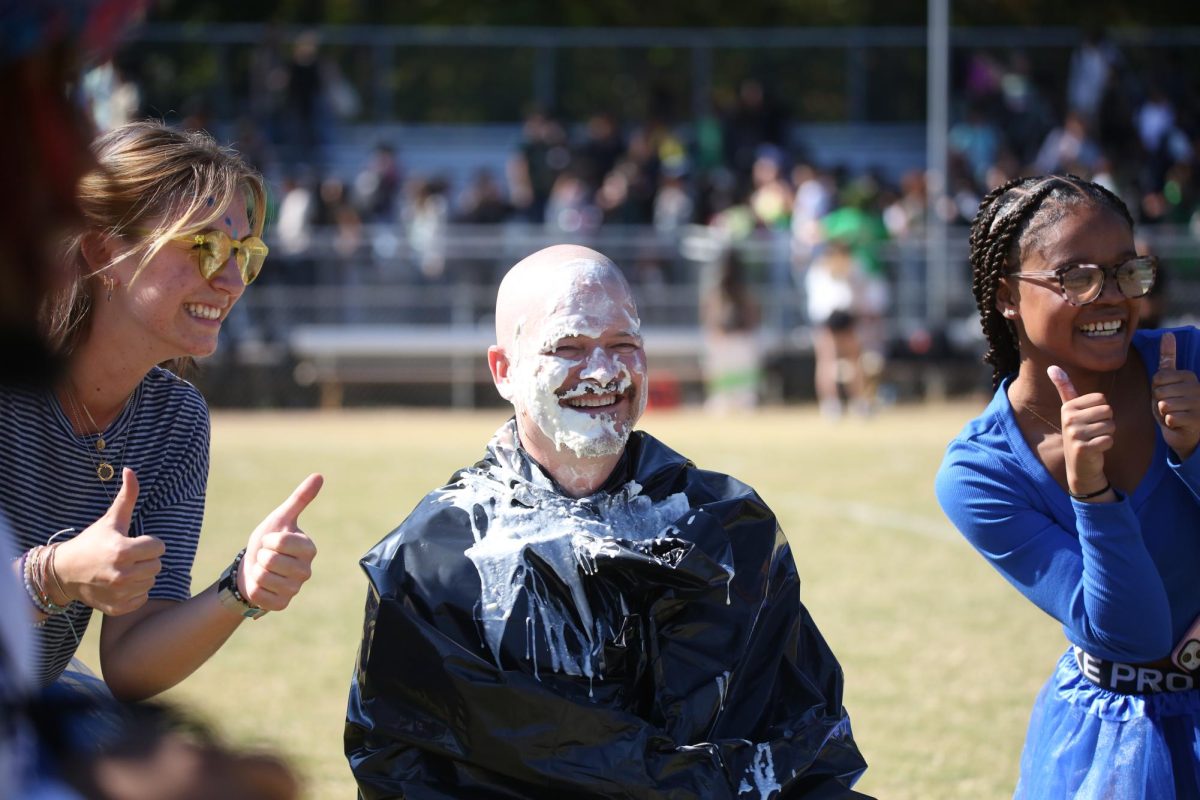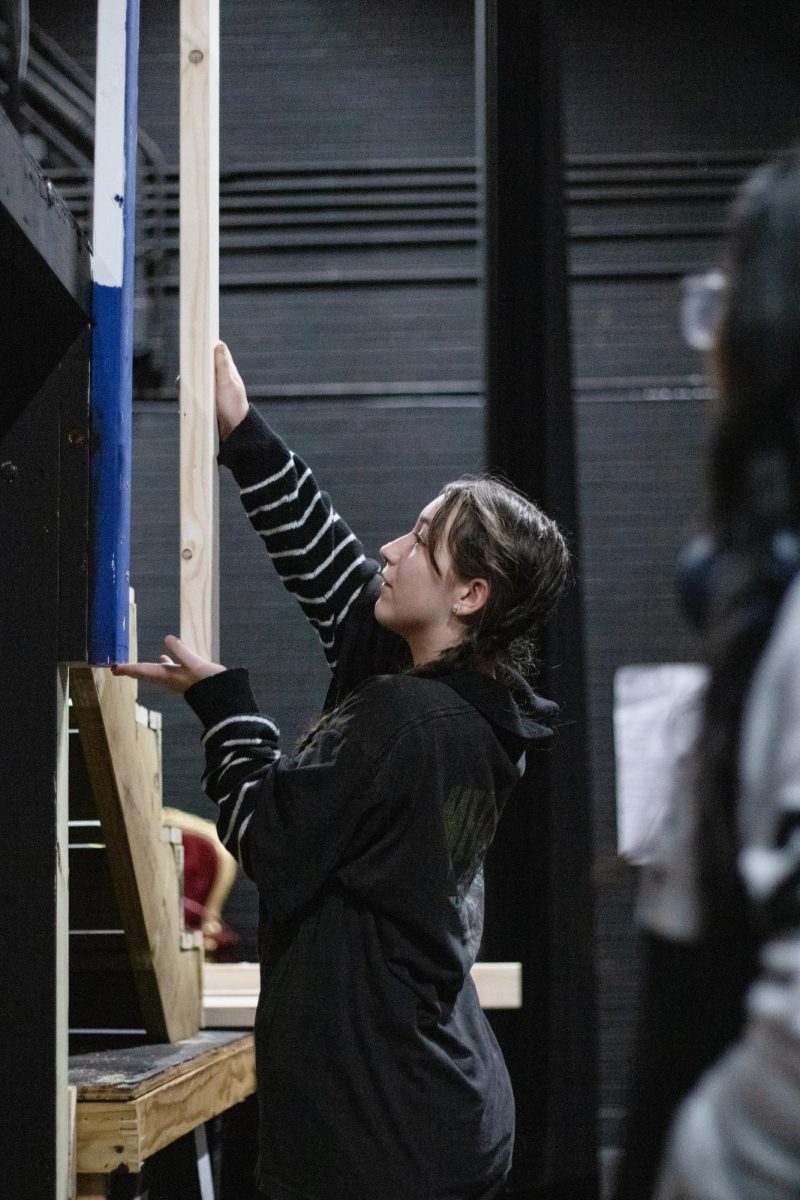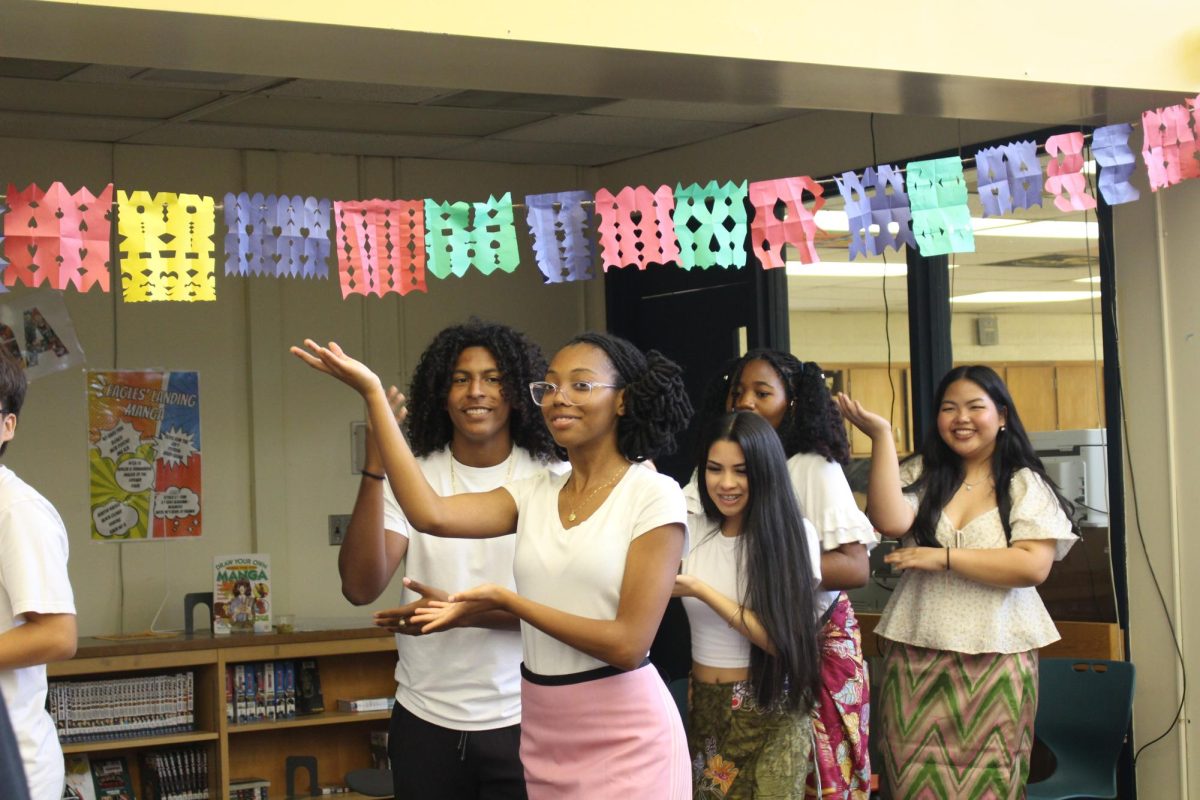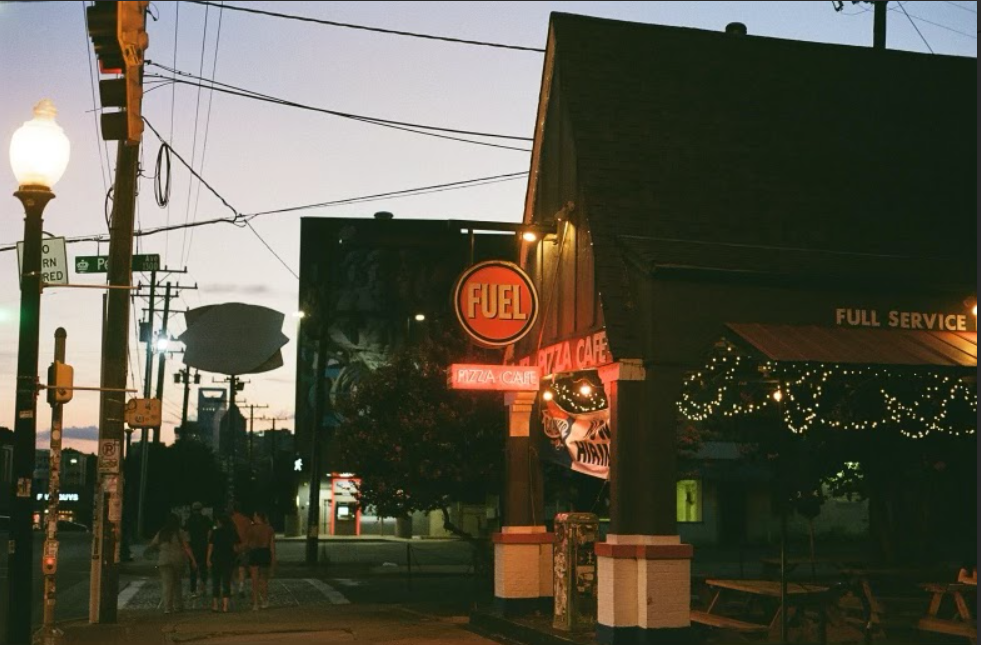As the air turns crisp and snow begins to fall, many celebrate the joys of the season. Unfortunately this is not the case for a vast majority of people. This time brings an unwelcome friend: seasonal depression.
While most people celebrate the holiday season and share the feelings of joy that come with the season, it is crucial to recognize the silent villain that haunts many. Seasonal depression, also known as as Seasonal Affective Disorder (SAD). causes a deep depression that occurs during a specific season.
It is a different for every person, but unfortunately, some symptoms are the same for all who experience this. In my experience, I experienced hopelessness, lack of enjoyment in things I used to love, oversleeping and overeating, and an overall black-and-white view of my life, just to name a few. For serious cases, these feelings can lead to suicidal ideations or thoughts. As I continue to experience this condition, questions plague me. Why does this happened? How can I make it better?
Some people compare it to a rainy day gloom. On days where the weather is dark and rainy, most people tend to feel down, and I know I have. This has been linked to higher melatonin levels in the body due to shorter days and longer nights. This helped me understand why I always felt so sad on not only the rainy days, but nearly every day during the winter.
In a conversation, an anonymous student described their experience with SAD, and the effects: “I pulled away from a lot of my friends, and I overall felt very helpless during the winter. It was a consistent sadness that I just had to push through.” Unfortunately, this time typically includes midterms and finals, which adds an additional layer of stress on students.
“I believe that the weight of all of the test and due dates for important things really has contributed to my depression being much worse. As soon as all of it is over, things tend to slowly get better as spring stars,” one student said.
There is more than one type of SAD. This second type typically occurs during late spring and early summer.
“The summertime is when I get it the worst. There is no school, and most people are working, so it can be very lonely,” one senior said.
This summertime sadness is very uncommon, but not impossible. Although I personally do not have SAD during this time, I still wanted to find out how I could prevent this from happening as fall and winter crept in. Based on my research, in winter, increasing exposure to natural light is a great way to help combat these feelings. I also found release in working out, whether this be going for a walk, or going to the gym.
If you experience these symptoms during the summer, longer days can disrupt sleep patterns, so it’s important to establish a consistent sleep schedule and create a cool, dark sleeping environment.
As the seasons change, so too can our moods, especially for everyone who is navigating the pressures of academic life. Recognizing the signs is the first step toward fighting this debilitating disorder. As a fighter and survivor, I want everyone to know that it is okay to be sad, or feel hopeless. How you fight this and come out from it is what matters. I am a living testament to the power of perseverance and hope.
By shining a light on seasonal depression and coming together to stop the negative stigma surrounding this condition, we can transform these difficult months from a time os isolation into a season of hope and excitement, helping each other to rise above the darkness, one person at a time. Remember, just like the seasons, this too shall pass.







